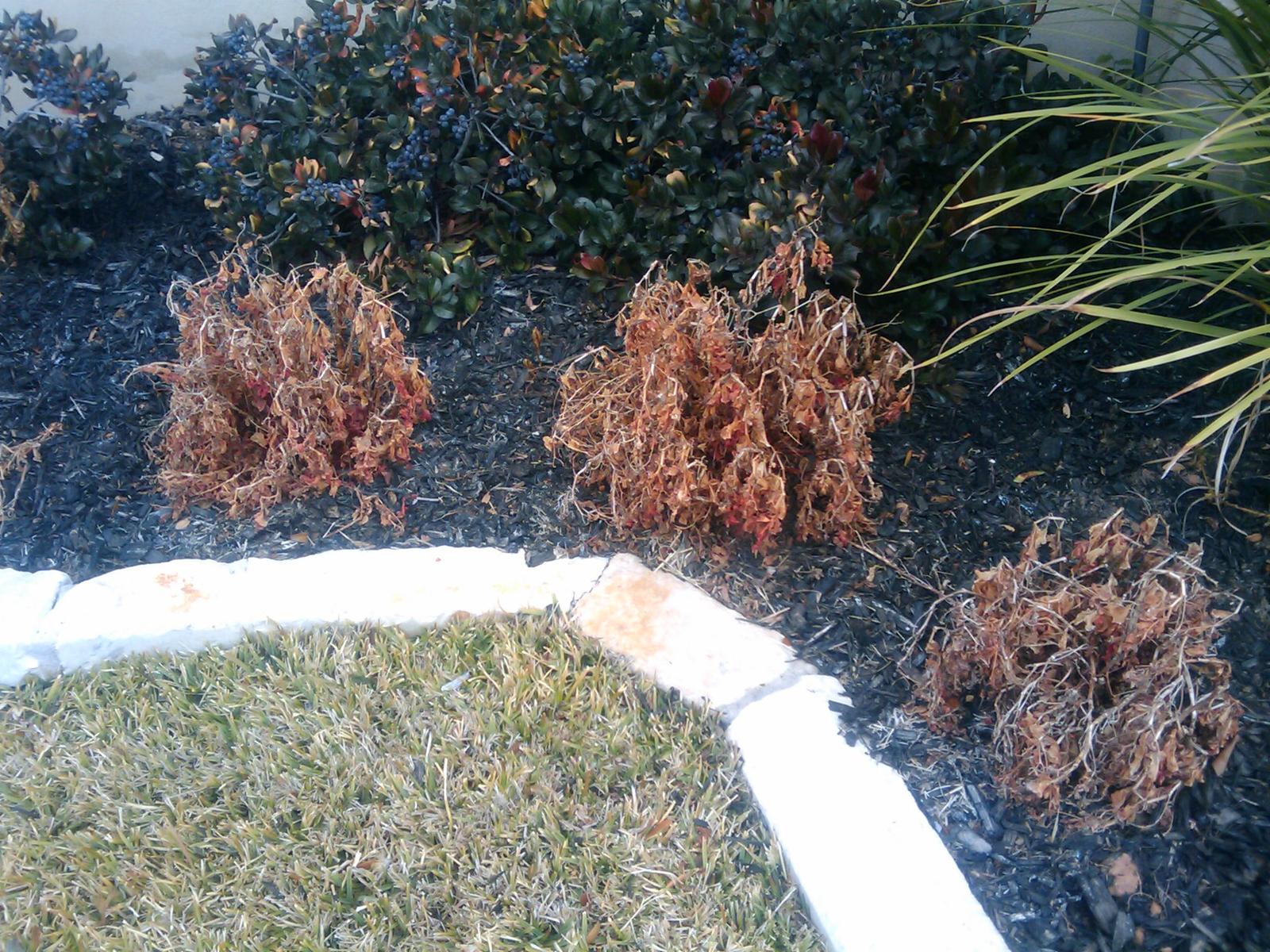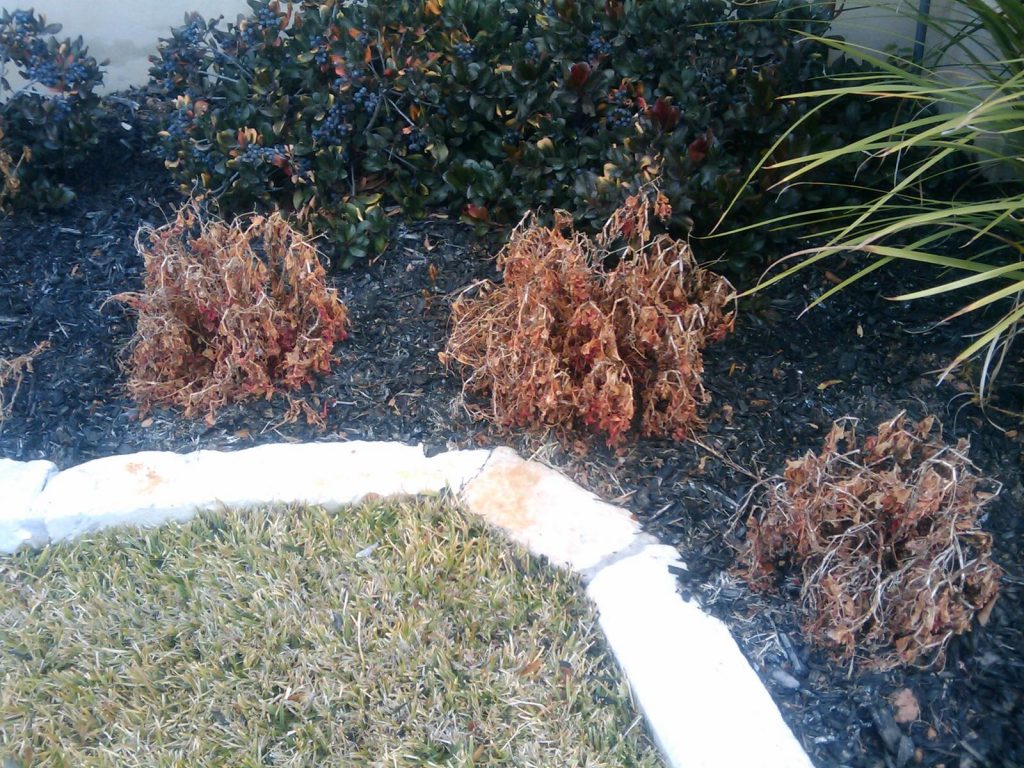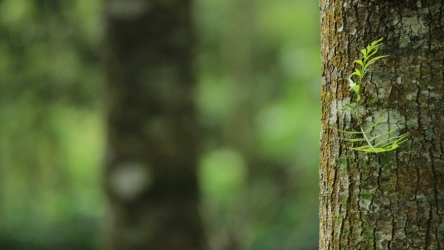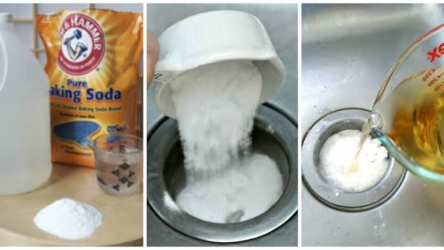
Sometimes plants and shrubs simply die off from being ignored, not taken care of, or as a result of persistent bad weather. It’s a shame when you know plants and shrubs in your yard are dying, and it may even seem like a waste. Your investment in plants may have cost hundreds to thousands of dollars, and you don’t want to have to re-invest in plants and shrubs you once bought and planted. Fortunately, there is a way to save them and the method will allow you to see results within three weeks. Not to mention, it takes very little manual labor and is cost efficient as well. What could be better than that?
The first step in this rescue mission is to assess the plants, shrubs and trees’ watering needs. Under watering is a common problem — a lot more common than overwatering, in fact. Generally, every square foot of soil needs about 3 quarts of water a week. In nature, this is equivalent to one inch of rainwater every week. As far as trees go, these generally need about 3 quarts of water every week for every foot tall they are. For example, a 30-foot tree should receive 90 quarts of water per week in order for it to stay healthy.
To make the watering process easier, purchase a hose, sprinkler, water gauge, and water timer. This equipment will do the majority of the work for you. Watering by hand usually leads to under-watering because it is laborious and especially time consuming, however, investing in watering equipment is low cost compared to replacing shrubs and plants. To measure how much water goes into the soil, set up the rain gauge near the sprinkler. Check it every 15 minutes and note when the water level reaches one inch. Set up your water timer to the time it takes for one inch of water to reach the soil, and it will automatically turn off the water at the amount you set it for, so you don’t have control it manually.

Once the allotted amount of time necessary for proper watering is established, you can embark on your three-week restoration plan. On week one, allow plants to absorb 3 inches of water, spread out between 48-hour intervals. During this week, trees should receive 8 quarts of water for every foot in height. In the second week, water the soil with 2 inches of water, separated out in 72-hour intervals. Give trees 6 quarts of water for every foot of height. By this point, you should notice your yard getting progressively greener. On week three and onward, water the soil with one inch of water per week. Give trees 2 quarts of water for every foot tall it is.
Also during week three, buy fertilizer. You can find a package of it at the local hardware store. Find one that attaches to the end of the nozzle on your hose for easy spraying, and spray fertilizer on your plants once a month from then on during the growing season.
After that, purchase and apply compost to your soil. The general rule is to use one bag of compost or manure for every square meter. This step is essential because fertilizer is only a temporary fix. Manure or compost only needs applying once per year. Make sure if there is any mulch on the soil to rake it away, apply the compost and then put the mulch back in its original place.
These steps will save you time, energy and money. You will not need to buy new trees, shrubs or plants. Your yard will come back to life and look fresh during the warm months, and your rejuvenated foliage will never be cause for alarm again because you know a quick fix that will last all season.
Stewart Scott is a certified arborist and is the owner of Cevet Tree Care, where he offers the best tree service Columbia MO has to offer. Cevet has provided tree trimming and other tree care services to mid-Missouri for almost 20 years.







